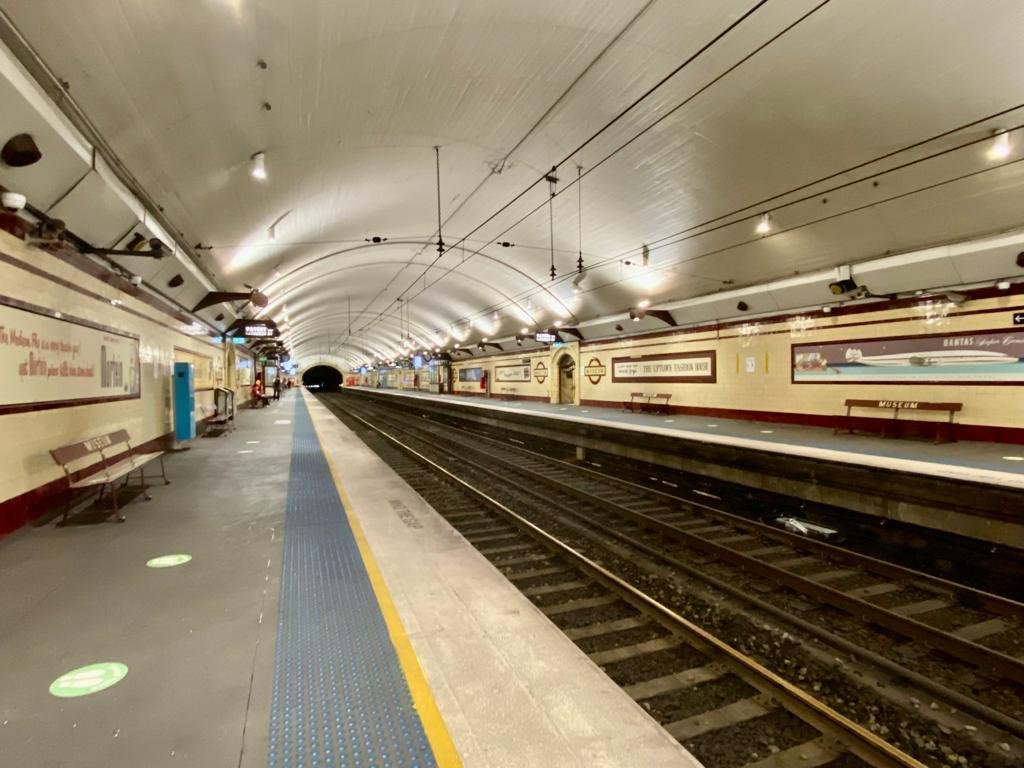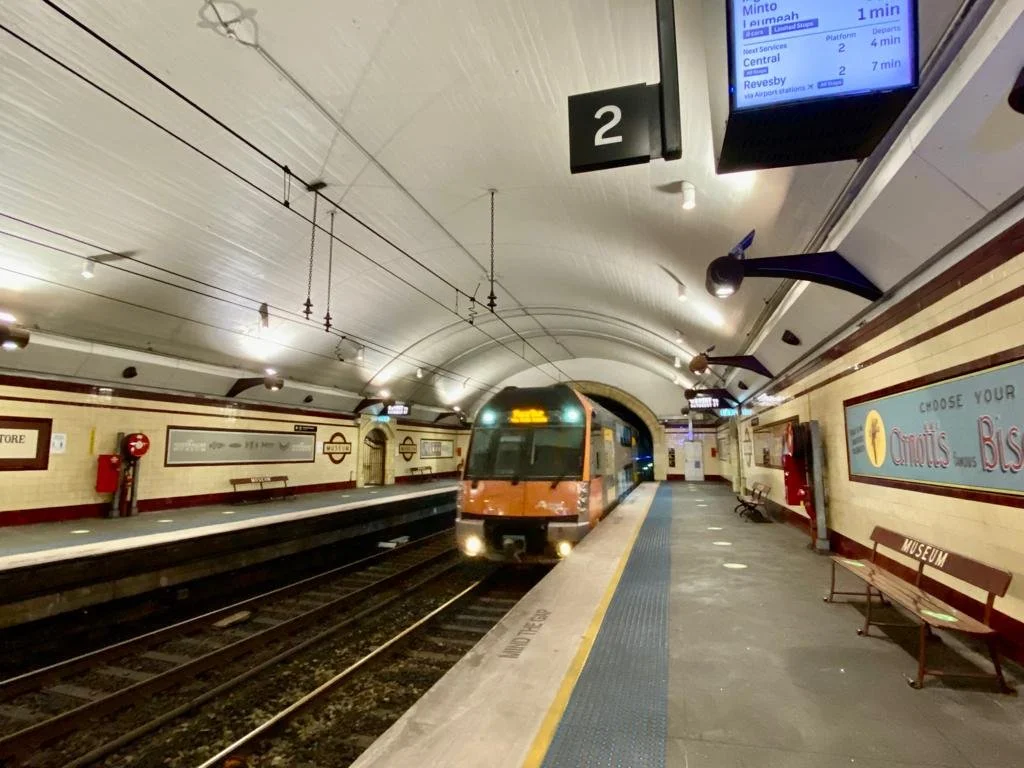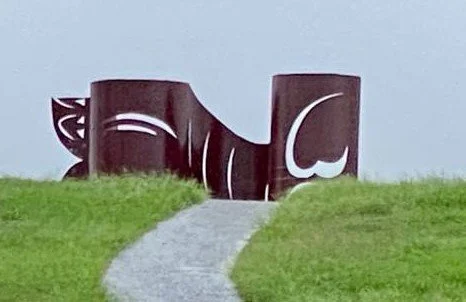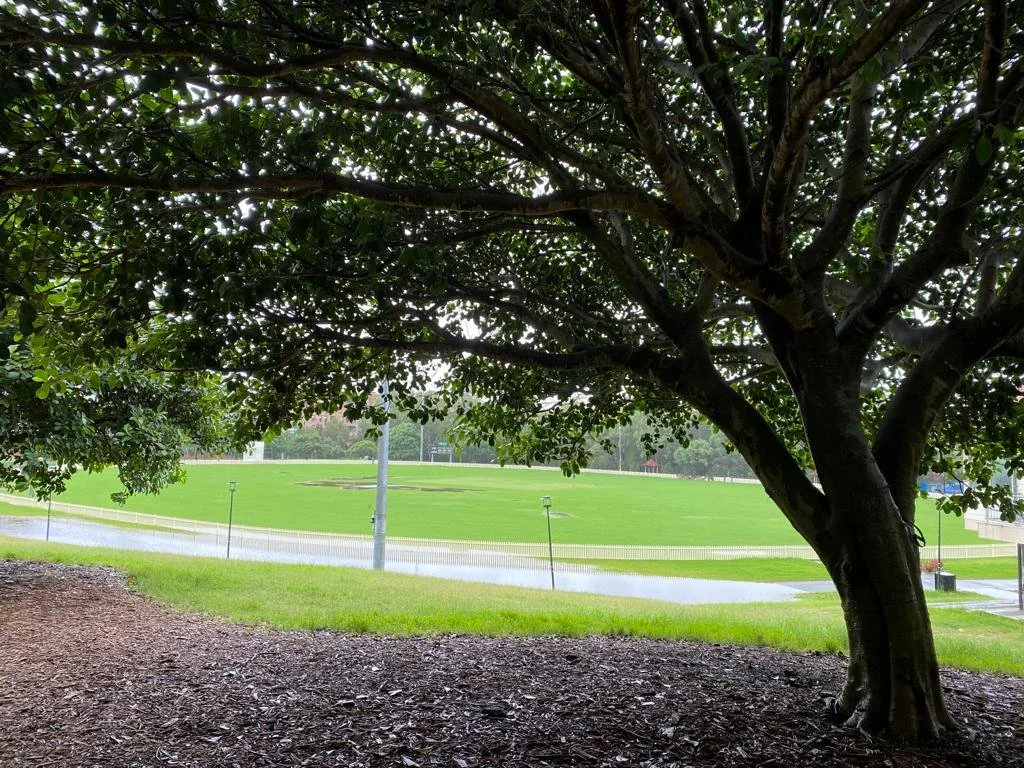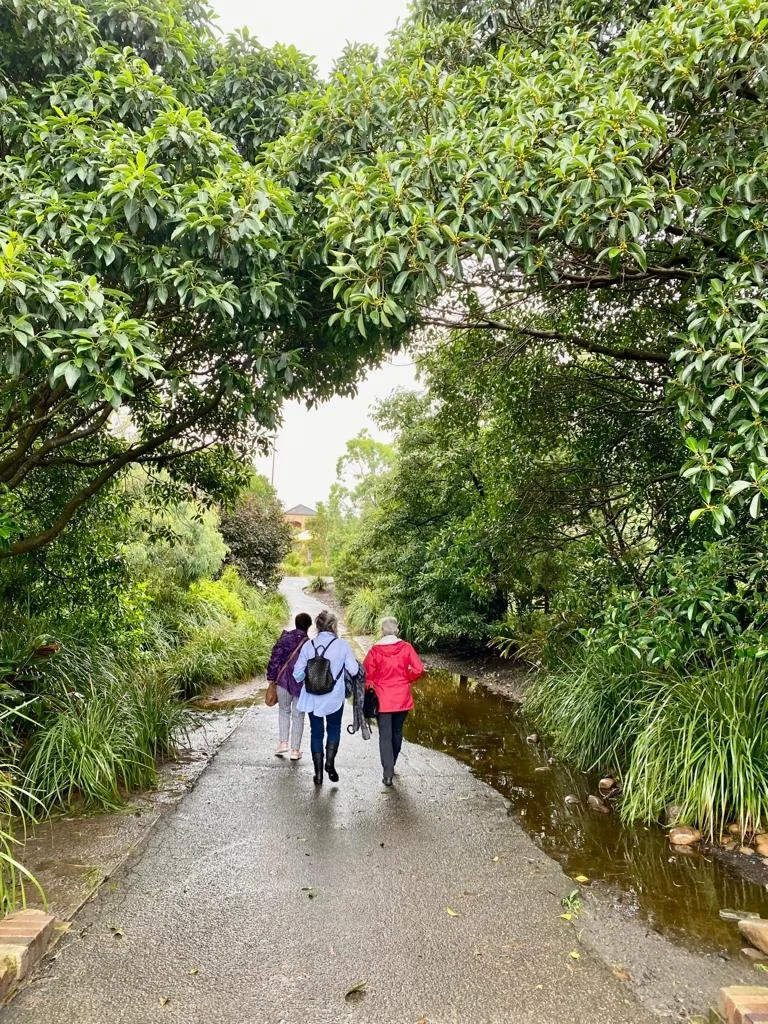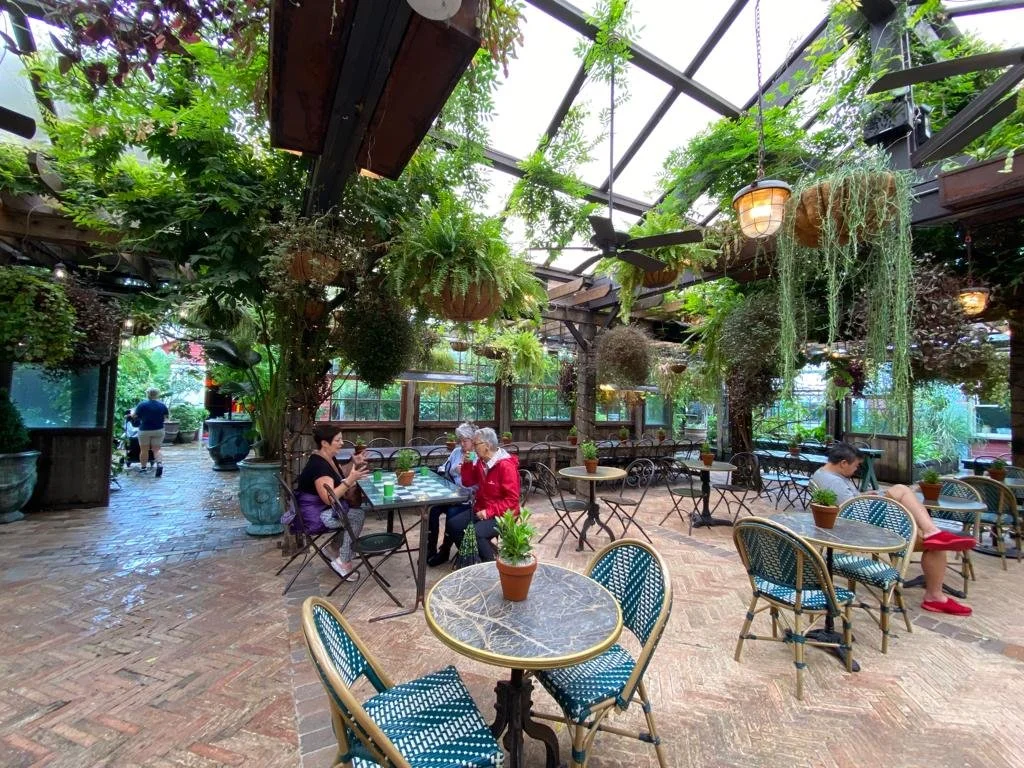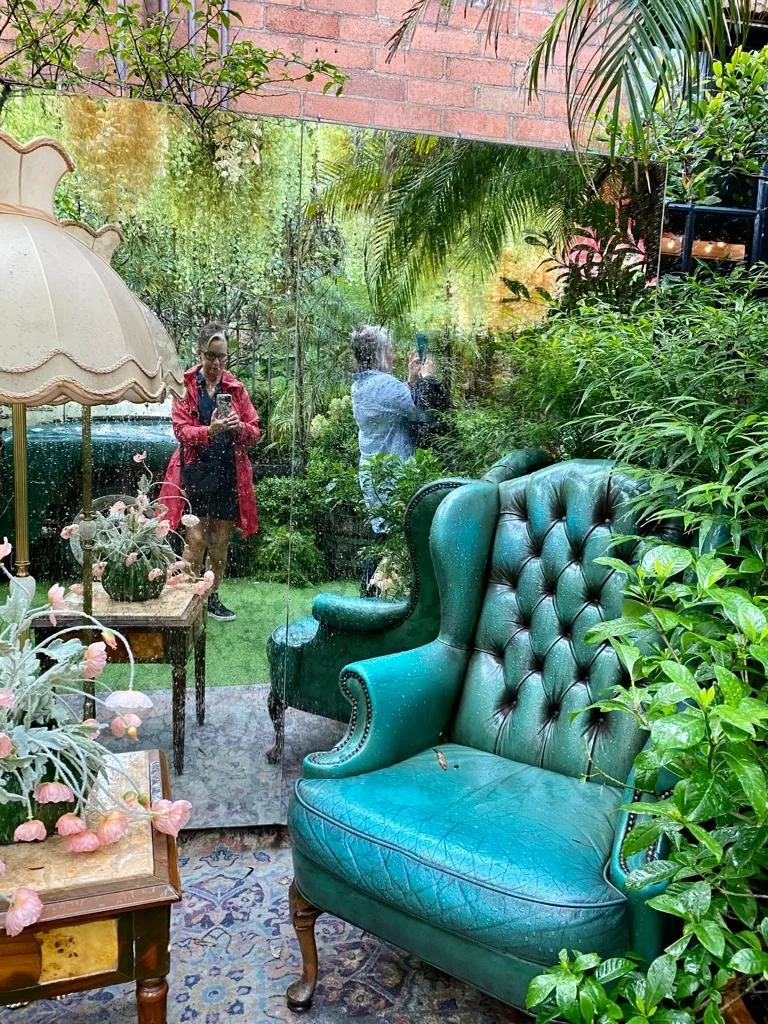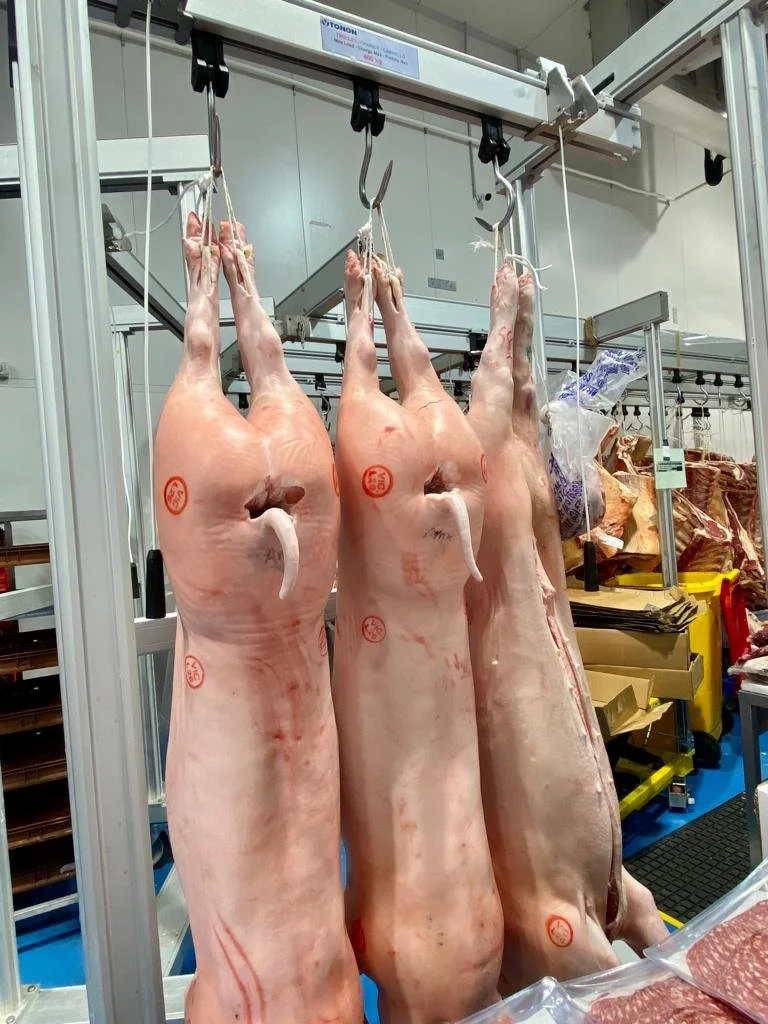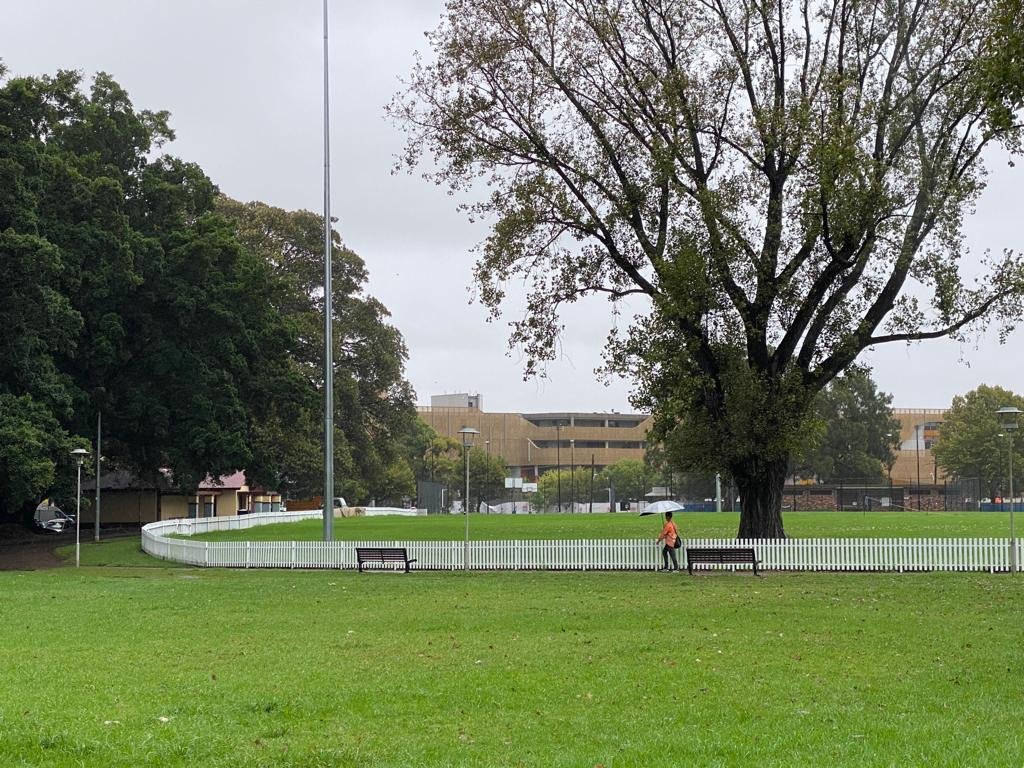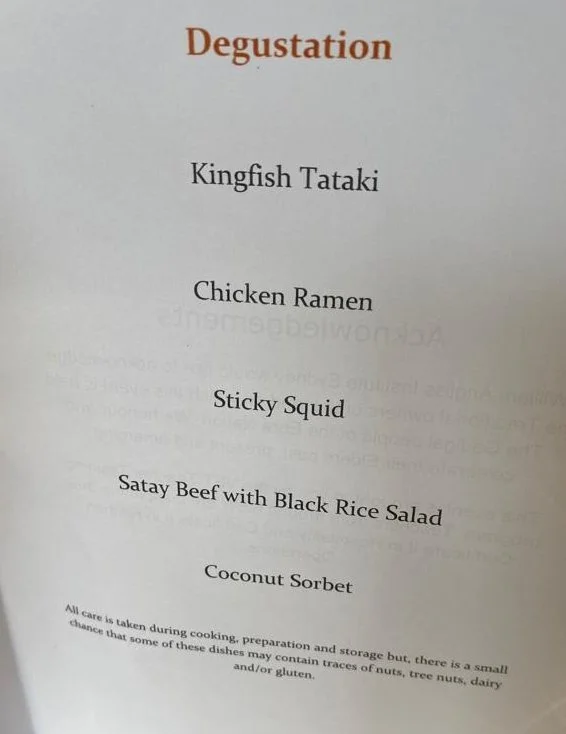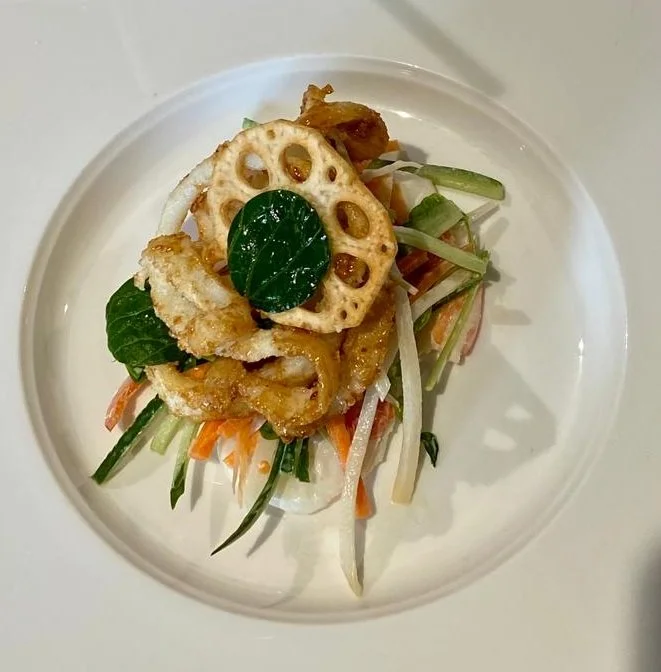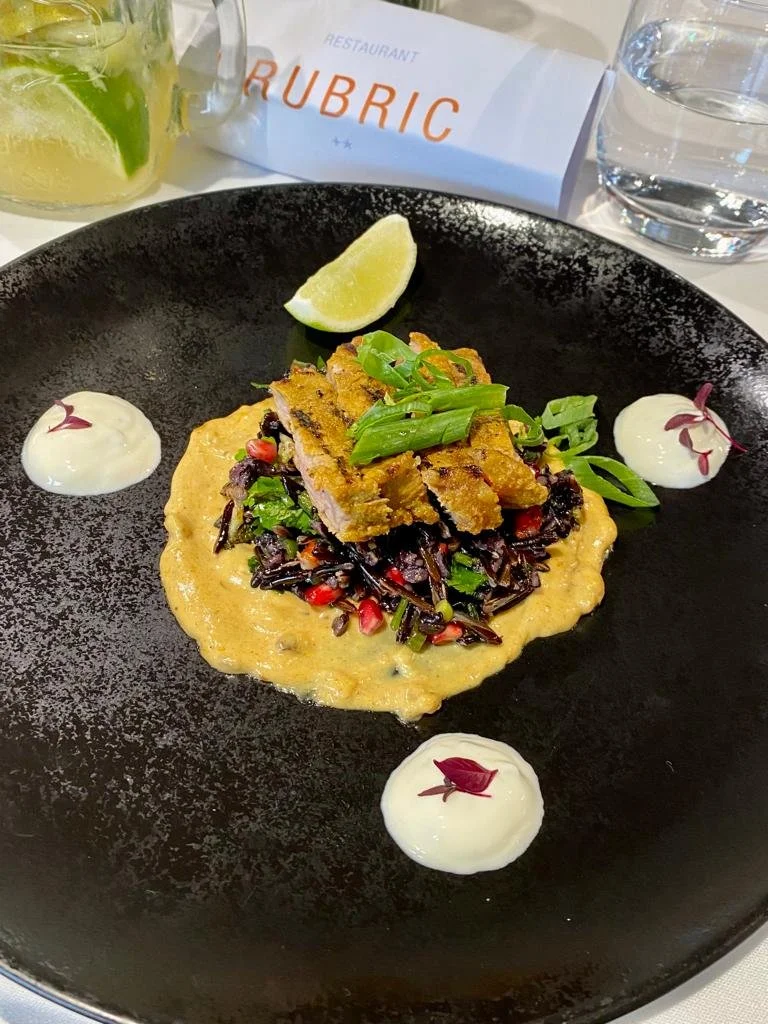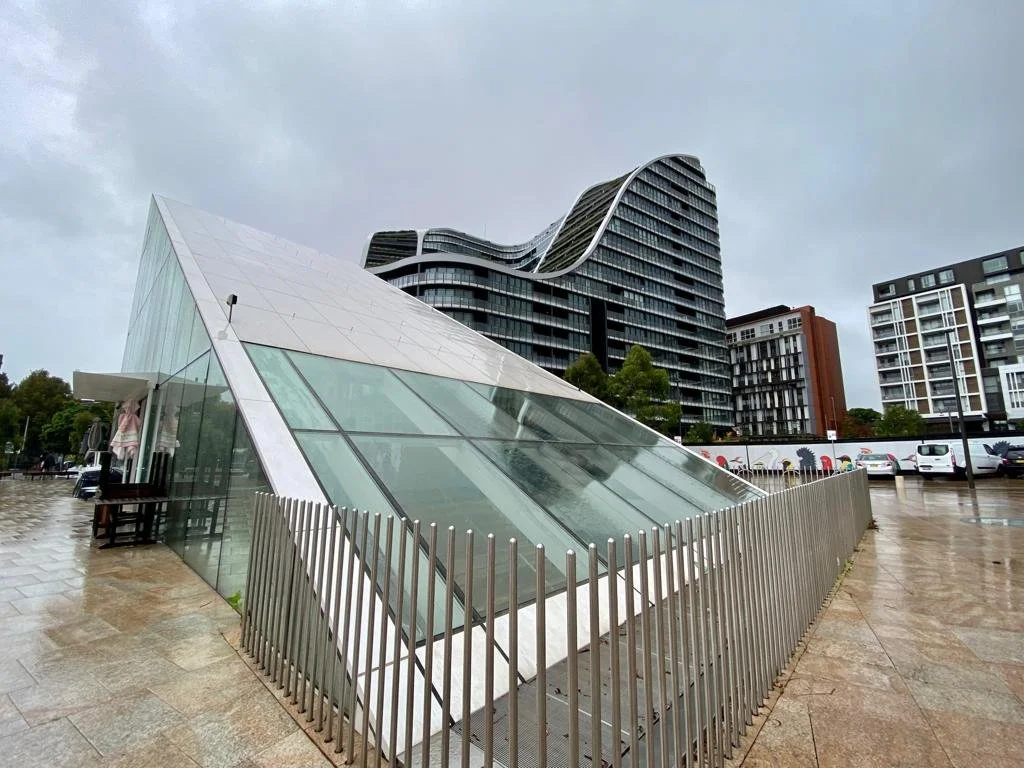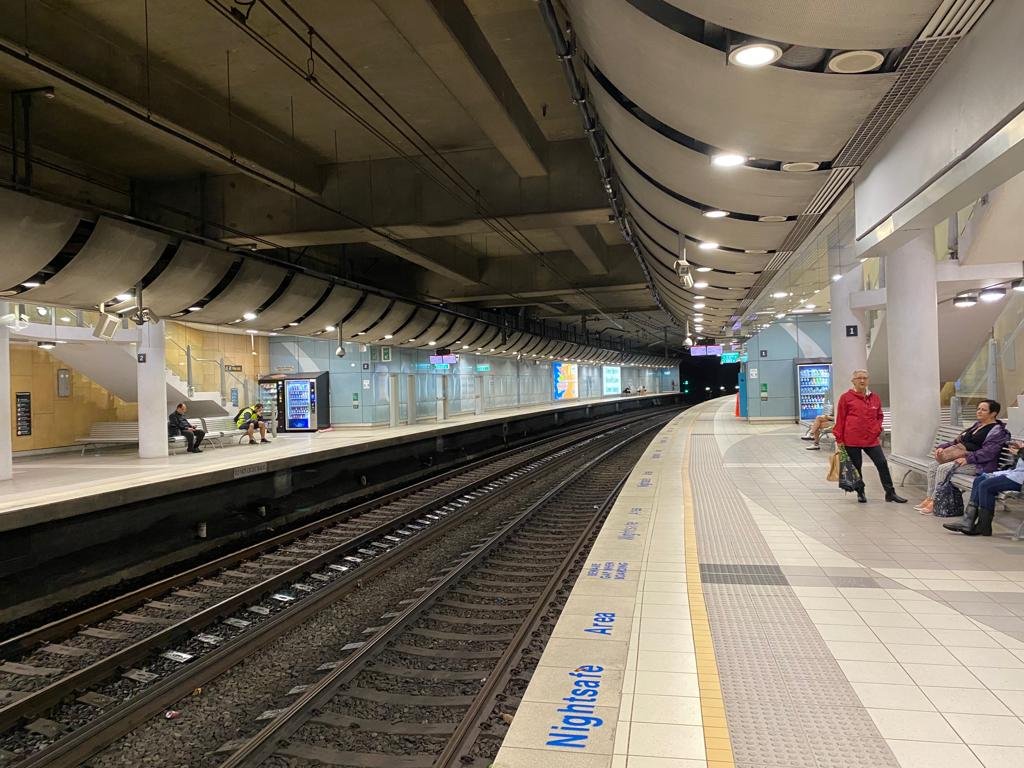Alexandria
Background
The suburb of Alexandria, originally home to the Gadigal people, was established in 1835 and commemorates the Battle of Alexandria (Egypt), the British Empire victory over Napoleon. All the area now known as Alexandria, Waterloo, Zetland and Rosebery was in the single ownership of Daniel Cooper and wife Hannah for most of the 19th century. He was convicted of stealing and was transported as a convict in 1816. Upon being pardoned in 1821, he established a general store, inn, The Australian Brewery and later a shipping business.
By 1943 Alexandria was the largest industrial district in Australia with everything from bricks to aeroplanes manufactured in over 550 factories over 4 square km. Its boundaries are Botany Road to the east, Gardeners Road to the South, Mitchell Road and Sydney Park to the west and Boundary Street to the north.
Sights and sites of interest
Rain, rain, go away…… it wasn’t to be. It rained. It poured. The old man snored. ·Our Alexandria day started with some creative photography at Museum railway station, heading to St Peters station, on the Bankstown line.
St Peters Railway Station
St Peters railway opened in October 1884; one of eight Sydney stations built that year. It was heritage listed in 1999 and is 3.8 km from Central.
Sydney Park
Our first stop was Sydney Park, 41 hectares and great lungs for the city. The original inhabitants, the Gadigal and Wangal peoples, hunted kangaroo on the grasslands and fished and camped at the swamps, creeks and rivers that crisscrossed the area. It is on part of the 40-acre land granted to Elizabeth Needham in her name in 1796. She was a First Fleet convict (seven years for the theft of 2 pairs of silk stockings). She became a successful businesswoman, operating a public house and later a warehouse and store. She was married three or four times and had 5 children. She was one of the oldest inhabitants of the colony living to 63 and was described as ‘very well behaved, industrious and useful’.
The northwest section of the park was originally a forest of turpentine and ironbark trees. There was also a major rubbish tip from 1948 to 1976 – Tempe tip! I can remember my parents taking us out for a Sunday drive to dump rubbish at that tip.
Alexandra Canal
Moving away from the park we passed two canals leading into Alexandra Canal which is of high historic, aesthetic and technical/research significance. Historically, it is a rare example of 19th century navigational canal construction in Australia, being one of only two purpose-built canals in the State (the other is Hawthorne canal). The Government intended to create water transport as a means of developing further the industrial complex in the Alexandria and Botany areas and utilised unemployed labour in the 1890s depression to achieve its scheme. The canal ended up being too shallow to achieve the vision.
The Mill
Our next stop was coffee at The Grounds of Alexandria. Thanks to the rain it was easy to get seating, that must be a first, we were lucky! The Grounds are housed within The Mill, a refurbished historic industrial site now home to an eclectic mix of twelve historic buildings. The building names include The Boiler Room, The Silo, The Soapworks and The Woolstore, referencing the early industrial heritage of the area. Living Edge, a furniture shop in the wool store, includes a small museum style collection. The Mill was developed and renovated in 2008 by Albert Bertini, a property developer.
The Australian Meat Emporium
·Having satisfied our caffeine need, we set off for the Australian Meat Emporium, Sydney’s largest fresh meat market, taken over by the Greenhalgh family in 2019. You can grab a jacket and experience Sydney’s largest walk-in cool room where you’ll find all cuts of meat. Their master butchers will prepare your meat to your liking free of charge. They say ‘We offer great quality meat with personalised service. The Australian Meat Emporium serves the community with restaurant quality meat at wholesale prices from our cool room in Alexandria. For all your hard to source meat products, we are your one stop shop’. We were glad to get out of the humidity into somewhere cool. We will be back with eskies and a car!
Yui Ming Temple
Our next stop was Yiu Ming Temple, a heritage-listed Chinese temple, built in 1908–9. It is one of the oldest surviving Chinese temples in Australia and a globally rare intact example of the traditional Chinese village temple form. Architecturally, the building is significant for its blending of traditional design, local materials and Federation detailing. The building has not been significantly modified since construction, except for minor repairs following fire damage in 1996. The elaborate fittings of the temple demonstrate the skill of Chinese artisans at the beginning of the 20th century. As many village temples in China no longer exist, this fine, intact example is of both local and international significance. The temple is of historical, architectural, religious and social significance to a section of Sydney's Chinese community. For approximately 130 years, the temple and its community and environment have provided practical assistance and spiritual support for community members seeking to establish themselves in Australia.
Alexandria Park
We then headed off to Alexandria Park, originally a sandhill named Mount Horne, which was chosen for open space and gazetted as a park in 1882. A cricket oval was built but the rest of the area was a tip for 13 years. The first caretaker P. Dawson of Wyndham St was given the sole right to graze his 6 cows from 6pm to 6am, in exchange for keeping the park free of weeds and watering the trees. The Port Jackson figs date from the 1890s. The playground, established in 1939, was named after Bill McKell, Premier of NSW from 1941-47 and Governor General from 1947-51. One of the entrances commemorates Richard Power, Mayor in 1932 & 1936, who was immensely proud of the park. Note the fig tree in the middle of the cricket ground – an extra wicket..
Tuga pastry shop
We couldn’t go past Tuga Pastries, renowned for its handmade Pastel De Nata (Portuguese tarts), a second-generation pastry shop. Gus Ferreira came from Portugal in 1985, bringing his handwritten recipes and opened his first shop in Bondi in 1994. Diogo his son continued his father’s legacy in 2016 with the same recipes and same handmade approach. Of course, three of us had to support the local shop and were unable to walk past without a little parcel of the tarts. Next time something different as well.
The tarts were nearly as good as those at the home of the tart in Pastéis de Belém patisserie in Portugal. Sigh. And we didn’t have to queue to get them!
Lunch at the William Angliss Institute
And then to lunch at the William Angliss Institute, a specialist training centre for the food, tourism, hospitality and events industries which has ‘long been recognised as the launching pad for Australia’s leading chefs and hospitality professionals’.
We sat down to a five course Asian degustation meal, created and served by teachers from regional NSW completing their Certificate II in Hospitality and Certificate II in Kitchen Operations. Some of the wait staff told their stories; many were experienced teachers who would be able (upon completion, which includes additional time working in a café) to teach their students a VET course in the school rather than the subject not being available or the student travelling to a not-that-local TAFE. One guy’s eyes lit up as he told us he would be able to offer his students, who are detainees, courses in hospitality to provide them with more marketable skills and the possibility of work. It was so great to see his passion for what he does.
Mitchell Road Antique & Design Centre
We proceeded to Mitchell Road Antique & Design Centre, a large warehouse with traders, hobbyists, collectors, stylists, dealers and stalls. Sydney’s ‘one-stop-shop and premier range of pre-loved items’. ‘We trade like any other department store, selling furniture, lighting, homewares, artwork, fashion, toys, jewellery, music, magazines and collectables”.
One of our party bought a gorgeous ring, another a porcelain bird.
We could have spent a month exploring all the goods.
Off home via Green Square railway station, on the Airport line. It opened May 2000 and until March 2011 passengers had to pay an access fee to use the station. The State Government agreed to pay the fee to the Airport Link Company from then on, resulting in an increase of patronage of 70%, probably until covid hit. Finally home, shoes off, new book in a warm bath followed by a cup of tea and one of the scrumptious Paste de Nata to finish off the day.
References
Biography - Daniel Cooper - Australian Dictionary of Biography (anu.edu.au)
Convict Records: Elizabeth Needham
History of Sydney Park - City of Sydney (nsw.gov.au)
https://www.dexus.com/leasing/industrial/the-mill-41-43-bourke-road
https://www.meatemporium.com.au/
http://www.tugapastries.com.au/

